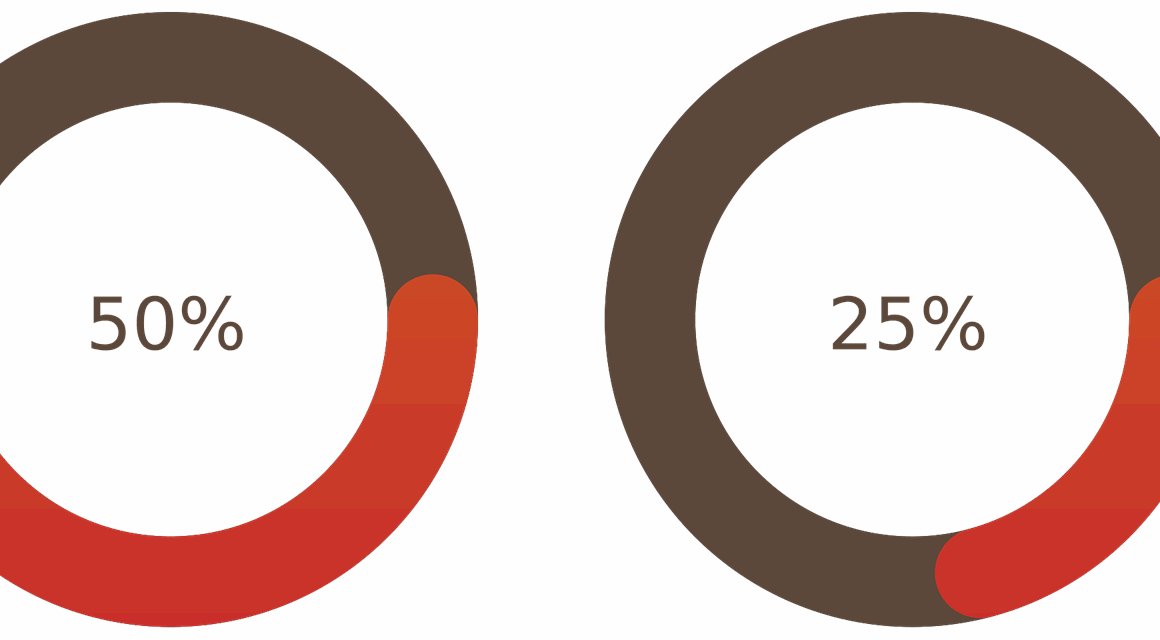Tracking Your Bodyweight Exercise Performance Over Time
Tracking your bodyweight exercise performance can significantly enhance your training journey. It enables you to identify strengths, weaknesses, and improvements in your routines. One effective method is to maintain a workout journal. This journal should detail your exercises, repetitions, sets, and even difficulties faced during workouts. By reviewing this journal, you can see patterns in your progress or assess which exercises need focus. Another invaluable tool is video recording; capturing yourself during exercises provides a perspective that can reveal form issues you may not notice while working out. Over time, analyze trends—are you lifting more, or is your endurance improving? Regularly assessing your performance allows for adaptive training strategies tailored to your evolving capabilities. You could also categorize your bodyweight exercises into different levels based on intensity and see how you advance in those categories. For instance, you might start with knee push-ups and progress to full push-ups. Lastly, celebrate small victories along your journey; they keep motivation high and make exercise a rewarding experience. Regular tracking will ultimately help foster longevity in your fitness regime.
Each individual’s body reacts differently to training stimuli, making personalized tracking crucial for success. Your initial assessment might involve setting benchmarks—for example, measuring how many squats, pull-ups, and push-ups you can comfortably perform. Over time, you will want to increase these benchmarks as your strength improves. Consider developing a weekly or monthly review process where you can reflect on these improvements. By creating a meaningful assessment frequency, you can focus explicitly on areas where you feel you need to improve. Coupled with your tracking journey could be enhancing your nutrition; recognizing how diet impacts performance is vital. Fueling your body correctly can facilitate faster recovery, leading you to push harder in your workouts. Additionally, adjusting your approach based on progress is essential. If something isn’t working, be willing to change your routines. An ineffective exercise will hinder progress and might demotivate you. Methods such as incorporating different variations of exercises keep the routines engaging and help avoid plateaus. Growth in your bodyweight exercises is very much attainable through constant tracking and improvement in adherence to your developmental plan.
Implementing Good Tracking Systems
Implementing a solid tracking system for your bodyweight exercises is necessary for achieving your fitness goals. The first step is using either a physical journal or application to log your workouts consistently. Many fitness tracking apps will allow you to input exercises, repetitions, and durations conveniently. Find one that fits well with your lifestyle and preferences, so you remain inclined to use it. Consider maintaining a digital record since cloud-based options will ensure you can access your information anywhere. Additionally, you may incorporate metrics such as perceived effort or workout quality. Keeping tabs on how challenging you feel during workouts can signal your body’s adaptation or fatigue levels. Another benefit of having a systematic approach is the opportunity to analyze long-term trends; it might reveal unique insights into your progress compared to feeling overwhelmed by day-to-day fluctuations. This can highlight peaks in fitness levels correlated with your dedication to tracking. Ultimately, a well-maintained tracking system reveals not just improvements but also areas needing reinforcement in your overall fitness approach.
Integration of technology into your tracking process can elevate your performance. Employing smart devices like fitness wearables can quantify multiple aspects of your workouts, including heart rate, calories burned, and general activity levels beyond your bodyweight exercises. This data could help augment tracking efforts as these devices often sync to apps that make compilation of your workout statistics easier. Information directly from wearables can provide insights on recovery times and training load, making it simpler to assess whether you’re overtraining or appropriately challenging yourself. In contrast, manual entry of workout data can foster a deeper connection to your training, as writing helps solidify your experience in mind and retention. Combining both strategies—digital tracking and manual reflections—can yield comprehensive insights into both your physical performance and mental engagement. Also, don’t hesitate to engage in community forums or social media groups relevant to bodyweight training. Sharing your journey and tracking with others can provide motivation and accountability, enhancing your overall experience and driving towards your fitness goals more efficiently.
Adjusting Training Based on Performance
Adjusting your training based on performance results is vital to rising to higher fitness levels. If you consistently track performance but fail to make adjustments, you risk stagnation. Regularly reviewing your logs allows you to develop a keen sense of when to increase repetitions or switch exercises. If you find you can easily perform a set number of push-ups, it might be time to switch to an elevated version or change the tempo of your repetitions. Moreover, don’t be afraid to delve into different exercise modalities, such as exploring plyometrics or adding isometric holds. Variety ensures that your muscles remain engaged while steadily progressing towards your goals. Additionally, recognizing when you’re plateauing is crucial; take note if your numbers and performance have remained the same for several weeks. This can indicate a need for a new stimulus or change in your regimen. Don’t hesitate to introduce recovery weeks where you reduce intensity intentionally. These can be vital for long-term gains, allowing your body time to recoup and adapt. Identify your body’s signals and be proactive in adjusting training accordingly for continued progression.
The social aspect of tracking workouts also plays a pivotal role in motivation. Engage with friends or family to keep each other accountable; this can greatly affect adherence to your exercise schedule. Use your tracking data to share progress with them, creating a sense of communal achievement. Utilizing social media to post your successes or even workouts can spark inspiration not just in yourself but also in others. The motivational ripple effect is often underestimated yet incredibly powerful. Connect with like-minded individuals on forums or local community events, where sharing knowledge about bodyweight exercises builds a supportive environment. This community also provides resources, tips, and experiences that are invaluable for steering you towards your goals. Another interesting approach is participating in challenges; they can foster both camaraderie and competition, offering fresh goals to pursue. However, remember not to compare your progress with others unfavorably. Instead, focus on individual improvements over time, as everyone’s fitness journey is unique yet intertwined with shared learning. Embrace this community spirit while you track your advancements to enrich your experience.
Conclusion
In conclusion, tracking your bodyweight exercise performance is not just beneficial; it’s essential for growth and success. Consistency in tracking, adjusting training based on performance, and leveraging technology can accelerate your journey towards improved fitness. The progress you observe through persistent tracking is not just numerical but also motivational, as it encourages you to push further. Remember the importance of setting benchmarks and making necessary adjustments as you progress. Engage with technology to enhance your tracking efforts—and don’t forget the power of community. Bye cultivating connections with fellow fitness enthusiasts, you can share experiences, struggles, and victories as you pave the way to achieving your personal fitness goals. This synergy will not only make workouts enjoyable but will also yield remarkable transformation in your abilities. Therefore, make tracking a fundamental part of your exercise routine, continually using it as a tool to evolve and grow. Prioritize performance assessment regularly and listen to your body’s signals to maintain longevity in your workouts. As you navigate this fitness journey, the discipline of tracking will guide you profoundly toward achieving your bodyweight fitness aspirations.
Through these considerations surrounding tracking your performance with bodyweight exercises, consistency, adaptation, community, and motivation serve as key components in this transformative journey. Take the necessary steps today to establish a tracking system that suits you—whether through journaling, digital methods, or fitness devices. Each one can uniquely offer insights that fuel your progress. Remember, fitness is not a sprint; it’s a marathon built on daily efforts and incremental improvements. Embrace this journey with a clear focus and unwavering determination. As you compile evidence of your growth, let that empower you to challenge yourself continually. Follow this framework of ongoing reflection and adjustment, and you will find yourself not just improving in bodyweight exercises but building a resilient mindset towards all facets of fitness goals. So step forward with confidence; with tracking as your ally, your bodyweight exercise performance will flourish positively over time, showcasing the fruits of your diligent efforts and commitment. Full-circle progress awaits those who combine dedication, smart strategy, and an action plan rooted in thoughtful tracking of their fitness journey.


